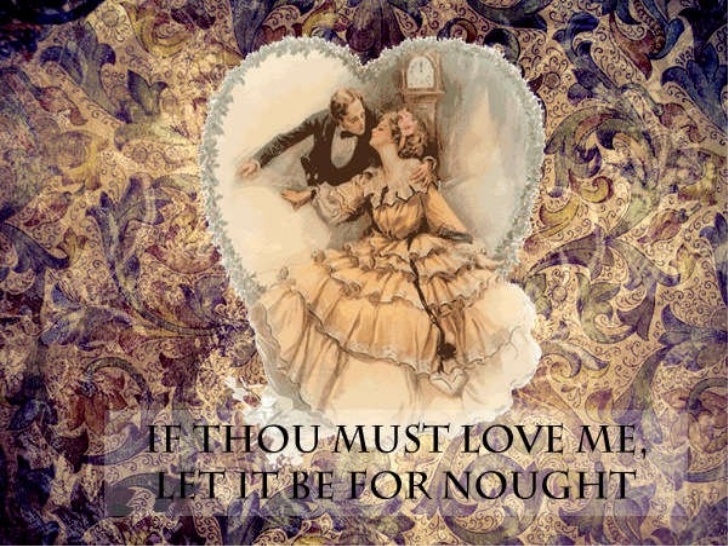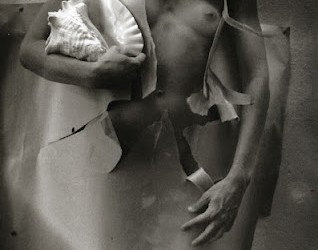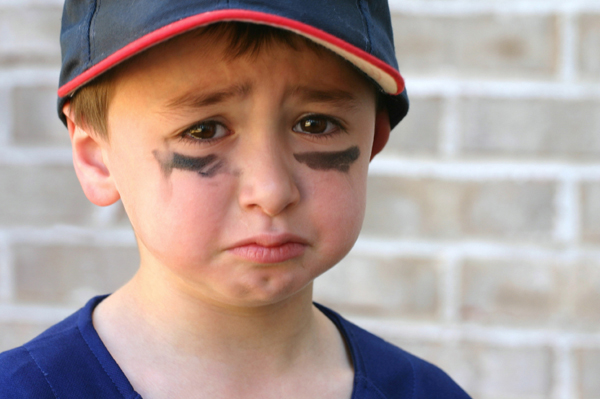“The Best Thing in The World” by Elizabeth Barrett Browning is a lyrical poem written in 1855. At this point in her life, she was well into her marriage with Robert Browning and their son was about five years old. This is significant because the light-hearted positive tone of this poem could be reflective upon her personal life. The theme of “The Best Thing in the World” is simply what the title states: Figuring out what is the best thing in the world. She mentions numerous possibilities and concludes that perhaps there are too many wonderful things to choose from or that it could be any of the things she mentions in the poem. The poem is largely made up of examples of imagery, epithets, and personification. Please read ahead for a complete analysis of The Best Thing in the World.
Analysis of The Best Thing in the World by Elizabeth Barrett Browning
The rhyming scheme of the poem is aabccabdbbad. There is nothing unusual about this scheme except for the abruptness of the last line. “—Something out of it, I think” (ln 12) This line causes the reader to pause and really contemplate the answer to the question “What’s the best thing in the world?” (ln 11). There seems to be two viable answers to this question when examining the meaning of the poem. The first is that there are too many wonderful things in the world to choose just one. The second is that the best thing in the world can be chosen from the list of things that were mentioned in the poem. “June-rose”, “Sweet south-wind”, truth, pleasure, beauty, light, memory and love are all of the possibilities that are mentioned. It can be assumed that all of these things are important to Browning in some way. Browning uses a number of devices to enhance her feelings about each subject and their importance to her. She does not simply mention them, she personifies them.
WHAT’S the best thing in the world ? *Rhetorical question
June-rose, by May-dew impearled; *epithet and personification
Sweet south-wind, that means no rain; *epithet and personification
Truth, not cruel to a friend; *personification
Pleasure, not in haste to end;
Beauty, not self-decked and curled *epithet and personification
Till its pride is over-plain;
Light, that never makes you wink; *personification
Memory, that gives no pain; *personification
Love, when, so, you’re loved again.
What’s the best thing in the world ? *repetition
— Something out of it, I think. (ln 1-12)
The repetition of the phrase “What’s the best thing in the world?” and the way it brackets the poem at the beginning and the end serve to remind the reader of the main purpose of the poem. Browning’s use of epithets and personification helps to enhance the imagery of the subject she speaks of. For example, “Beauty, not self-decked and curled/Till its pride is over-plain;” (ln 6-7) creates an image of “beauty” as a person: a naturally beautiful person not one painted in makeup and hair product. Browning’s use of personification is especially powerful when describing truth, light and memory. “Truth, not cruel to a friend” (ln 4) specifies that she does not mean all truth. The truth must not be used to hurt. “Light, that never makes you wink;” (ln8) specifies a light that is not too strong or overbearing. “Memory, that gives no pain;” (ln 9) specifies only good memories. By personifying these things, she gives them power and importance. Truth can hurt, light can be too strong and memories can be painful. She is also specific about love: “Love, when, so, you’re loved again.” (ln 10). Browning isn’t speaking of a passing love. She means a love that will last and can be counted on to be there again.
Theme of The Best Thing in the World
Overall, “The Best Thing in the World” is a very straight-forward lyrical poem that has a light-hearted tone throughout. It creates an image of universally important and beautiful things that anyone can agree are of importance. It causes the reader to not only think about their own answer to the question but to also stop and appreciate the wonderful things around them in general. We hope you’ve enjoyed the summary and analysis of the best thing in the world by Elizabeth Barrett Browning.
Some online learning platforms provide certifications, while others are designed to simply grow your skills in your personal and professional life. Including Masterclass and Coursera, here are our recommendations for the best online learning platforms you can sign up for today.
The 7 Best Online Learning Platforms of 2022
- Best Overall: Coursera
- Best for Niche Topics: Udemy
- Best for Creative Fields: Skillshare
- Best for Celebrity Lessons: MasterClass
- Best for STEM: EdX
- Best for Career Building: Udacity
- Best for Data Learning: Pluralsight















